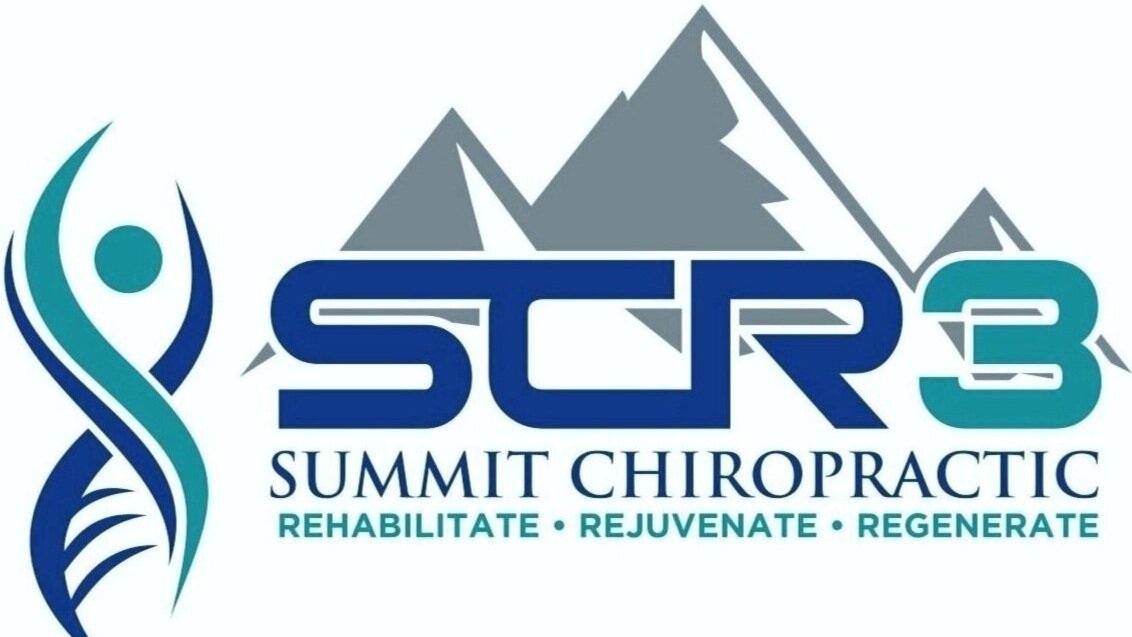
Low Back Pain
Low Back pain is one of the most common conditions leading to pain and disability in the American population. Read on to learn more about its causes and treatments
LOW BACK PAIN
Many things have changed in the how healthcare professionals look at and evaluate low back pain recently. Out of these evaluations one thing remains evident; low back pain should be managed conservatively, without drugs and surgery. There are instances in which surgery is required, however the vast majority (95%) can be treated effectively without it.
Muscle Strain
One of the most common reasons that we get acute pain in the lower back. The occurs when the load placed on the lumbar spine muscles is more than what they are accustom to, leading to an overload beyond their capacity. This results in pain along the back, as well as tightness and soreness in the muscles next to the spine.
Disc Herniation
Another common culprit in low back pain is the intervertebral disc. The intervertebral discs are in between the bones of the vertebral column. They have two different components to them; the annulus fibrosis and the nucleus pulposus. The annulus runs around the disc and is very tough. The nucleus pulposis in the inside of the disc. The Nucleus pulposus houses a gelatinous material which aids our body’s natural shock absorption mechanism. If the annulus fibrosis is overloaded, then the gelatinous material of the nucleus pulposus can herniate through it. This can sometimes be the cause of acute pain both in the back and running down the leg as pressure is placed on nerve roots emanating from the lumbar spine. It is important to recognize the most of these instances do not require drugs or surgery to become better. In fact, with proper education, therapies, and active rehabilitation, the majority of disc herniations will heal and resolve on their own.
Mechanical Low back pain
This low back syndrome is characterized as an inability or provocation of symptoms when moving in a certain direction. The most common direction that provokes symptoms in bending forwards (flexion). Biomechanically speaking, flexion also produces significant stress on the intervertebral disc. Treatment for directionally responsive low back pain consists of repetitive movements in a specific direction. This specific direction is called your direction of preference and can be found by performing a proper mechanical evaluation.
Other Common Causes of Low Back Pain
Stenosis
Lumbar spine Stenosis refers to a narrowing of the intervertebral foramen of the low back. This narrowing can cause pinching of the nerves that run from the back down the legs. While this may sound like a condition requiring surgery, often times non-surgical interventions like rehabilitation, needling, and adjustments can reduce pain and discomfort from stenosis.
Facet syndrome
The Facet joints are located on the back of the vertebral column. They are the articulations that hold the vertebrae in place on top of each other. This articulation and the capsule surrounding it can become irritated, leading to inflammation and pain both at and around the facet. These joints are designed to take only 20% of the compressive load in the spine, while the vertebral bodies take the remaining 80%. When this ratio is off, we can have irritation and inflammation in the facets.
Arthritis
Arthritis in the low back is also commonly referred to as DJD or degenerative joint disease. It is now understood that these changes in the back are normal aspects of aging, with some individuals experiencing significant degeneration with very little pain if any. Education, activity modification, and rehabilitation can be effective ways to decrease pain associated with DJD.
Low back pain
Can be Non-Specific, meaning there is not a specific anatomical or pathological reason for your pain.
Is a frequent condition that affects up to 80% of individuals during their lifetimes.
95% of the time is not due to an underlying serious condition, and can be treated without drugs or surgery.
Can be related to psychological factors such as stress, anxiety and depression
X-Rays are typically not needed to treat low back pain, but may be indicated in scenarios involving high impact, falls, or trauma
Active therapies are superior to passive therapies in the management of LBP, thus our goal is to get you back to activity as soon as possible.




